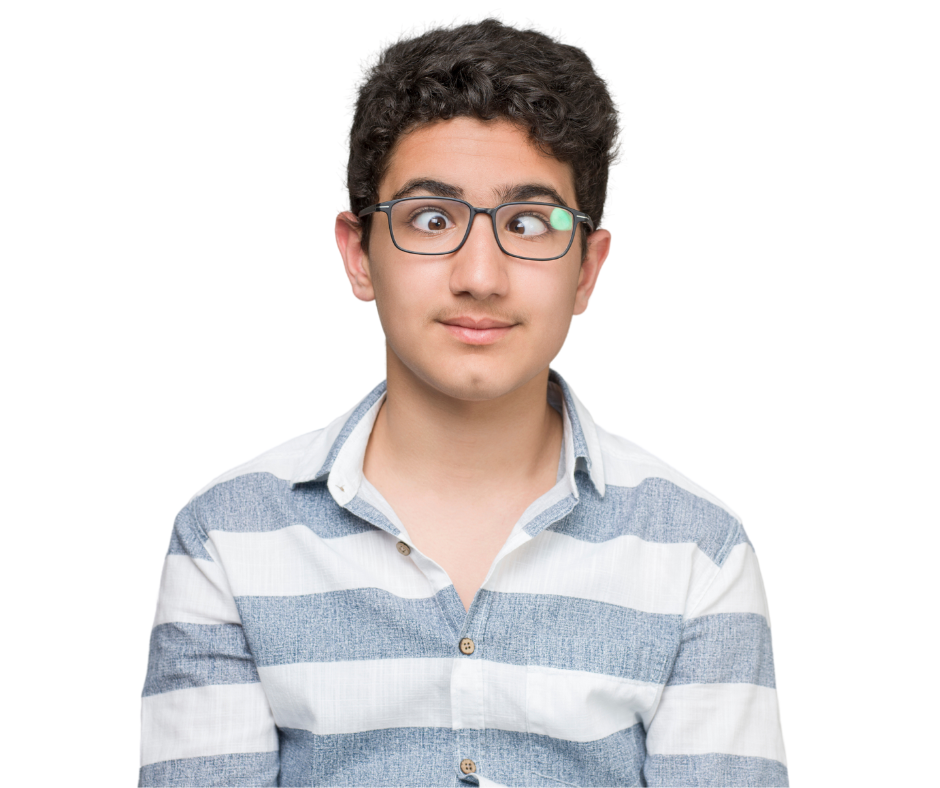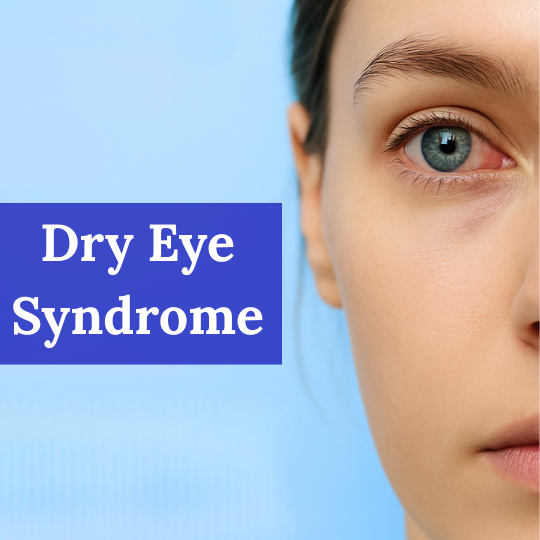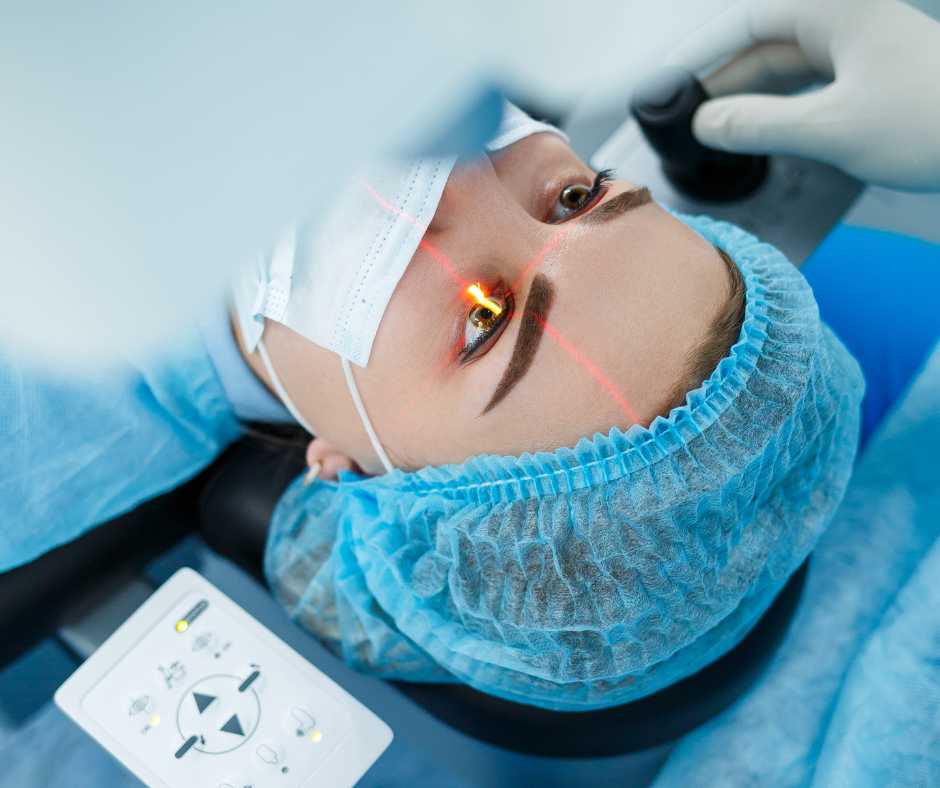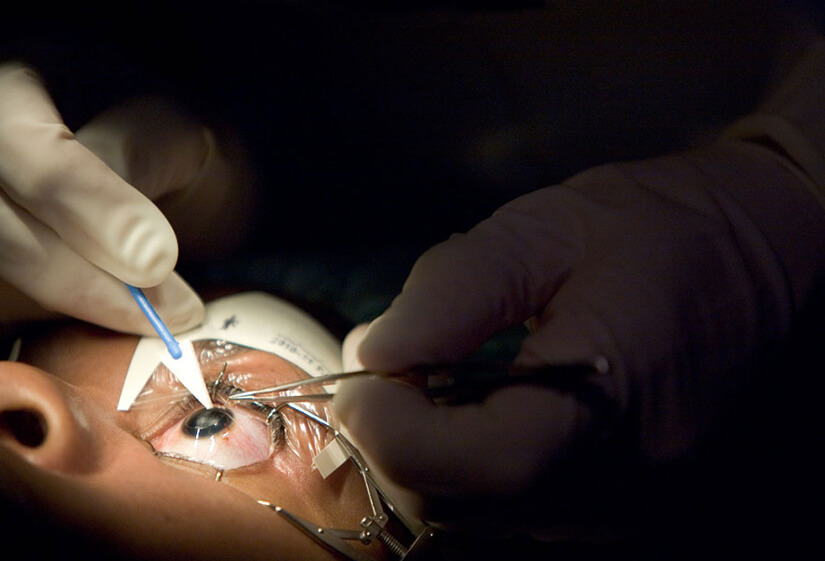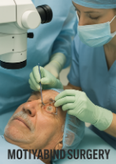Introduction
Welcome to our comprehensive guide on Eye Squint, a condition that affects both children and adults. In this article, we will explore the various aspects of Eye, including its causes, treatment. Whether you’re seeking information for yourself or a loved one, you’ve come to the right place.
Eye Squint, also known as strabismus, is a condition where the eyes do not align properly. It can affect one or both eyes, leading to vision problems and cosmetic concerns. Let’s dive into this topic with a focus on providing accurate and helpful information.

What is Eye Squint?
Eye Squint, or strabismus, is a visual disorder characterized by the misalignment of one or both eyes. This misalignment can be noticeable, causing one eye to turn inwards, outwards, upwards, or downwards, while the other remains straight. It can occur in people of all ages, from infants to adults.
Understanding the Types
There are several types of Eye Squint:
- Esotropia: When one eye turns inward.
- Exotropia: When one eye turns outward.
- Hypertropia: When one eye turns upward.
- Hypotropia: When one eye turns downward.
Causes
Eye Squint can have various underlying causes, including:
- Muscle Imbalance: A problem with the eye muscles can lead to misalignment.
- Nerve Issues: Conditions affecting the nerves controlling eye movement.
- Family History: A family history of strabismus can increase the risk.
- Refractive Errors: Uncorrected nearsightedness or farsightedness.
- Medical Conditions: Certain health conditions can contribute.
Symptoms
Recognizing the symptoms of Eye is crucial for early detection and treatment. Common symptoms include:
- Double vision
- Squinting or closing one eye in bright sunlight
- Poor depth perception
- Headaches or eye strain
Diagnosing Eye Squint
If you suspect that you or someone you know has Eye Squint, it’s essential to seek a professional diagnosis. An eye specialist, or ophthalmologist, will conduct a thorough examination, which may include:
- Visual acuity tests
- Evaluation of eye alignment
- Refraction tests
- Checking eye movement
Treatment Options
The treatment for Eye depends on its severity and underlying causes. Here are some common approaches:
- Eyeglasses or Contact Lenses: Corrective lenses can help manage certain types of strabismus.
- Eye Patching: Patching the stronger eye to encourage the weaker one to work can be effective, especially in children.
- Eye Exercises: Special exercises can help improve eye coordination.
- Surgery: In severe cases, surgery may be necessary to correct muscle imbalances.
Eye Squint in Children
Eye Squint is relatively common in children, and early intervention is crucial. If left untreated, it can lead to amblyopia or “lazy eye.” Parents should be vigilant and consult a pediatric ophthalmologist if they notice any signs of strabismus in their child.
Author Details:
Dr. Sushruth Appajigowda holds a prominent position as a Cornea, Cataract, Glaucoma, and LASIK Surgeon in Bangalore. He serves as the chief Cataract and Refractive surgeon at Vijaya Nethralaya Eye Hospital, Nagarbhavi Bangalore. Renowned as one of the finest LASIK surgeons nationwide, he brings with him over 12+ years of experience across multiple LASIK platforms, including ZEISS, ALCON, SCHWIND, AMO, and Bausch and Lomb. Having successfully conducted over 5000 LASIK procedures, Dr. Sushruth holds the title of a Certified Refractive Surgeon and a Fellow of the All India Collegium Of Ophthalmology. Furthermore, he stands as a distinguished speaker at various National and International Forums, using his expertise to guide you in selecting the most suitable procedure based on your health requirements.

Conclusion
Eye Squint, or strabismus, is a condition that requires attention and appropriate treatment. Early diagnosis and intervention are crucial, especially in children, to prevent long-term vision problems. Whether you or a loved one is dealing with Eye Squint, there are effective treatment options available. Consult with an eye specialist to determine the best course of action for your specific situation.
Remember, the key to successful treatment lies in seeking professional help and taking action promptly. Don’t let Eye affect your vision and quality of life.

